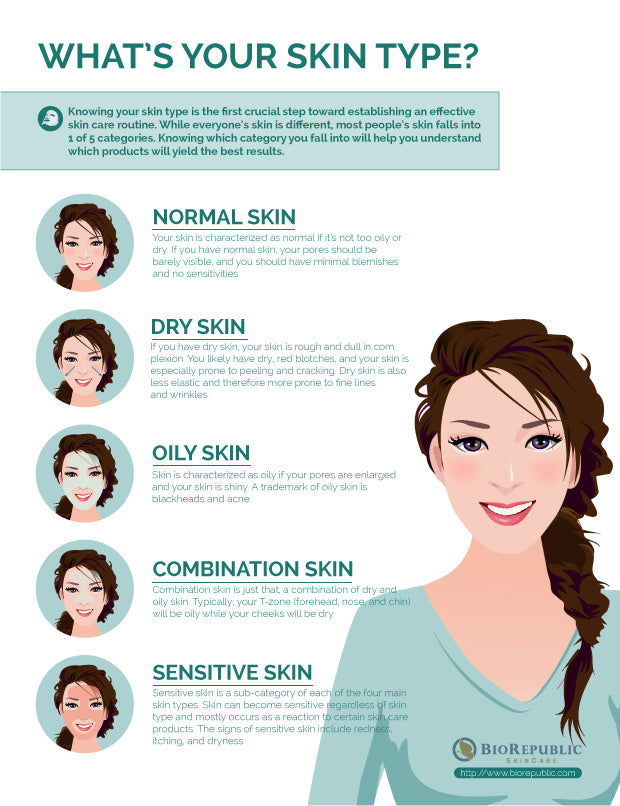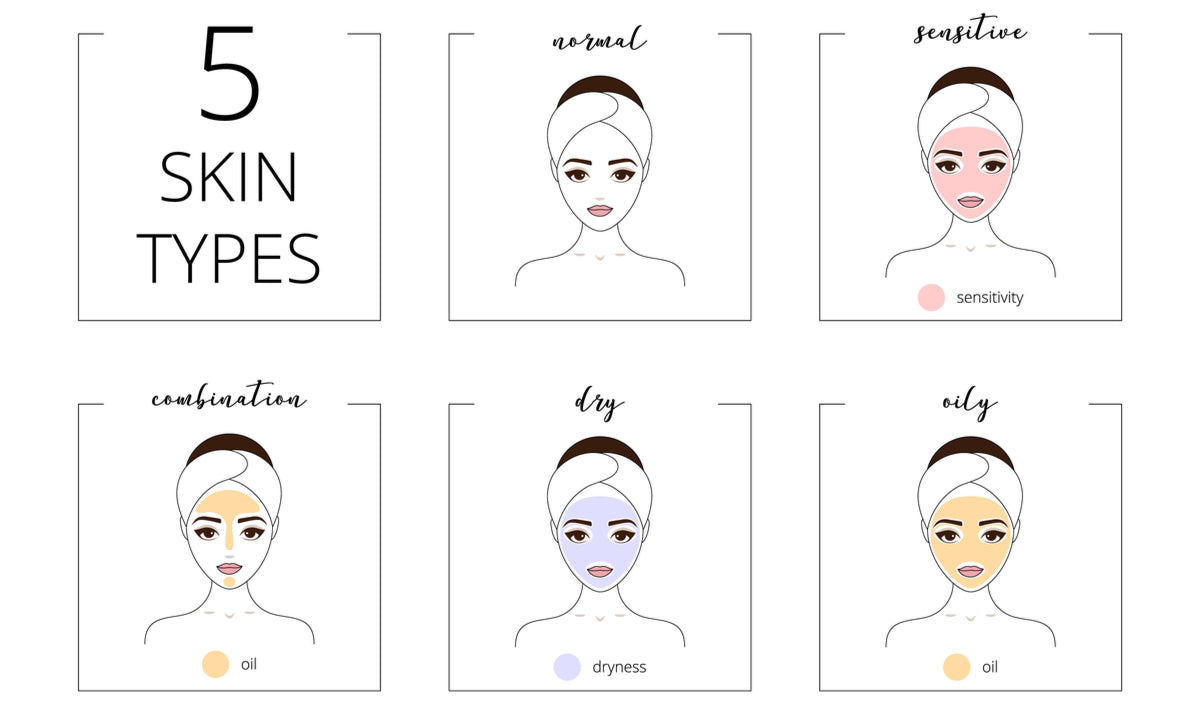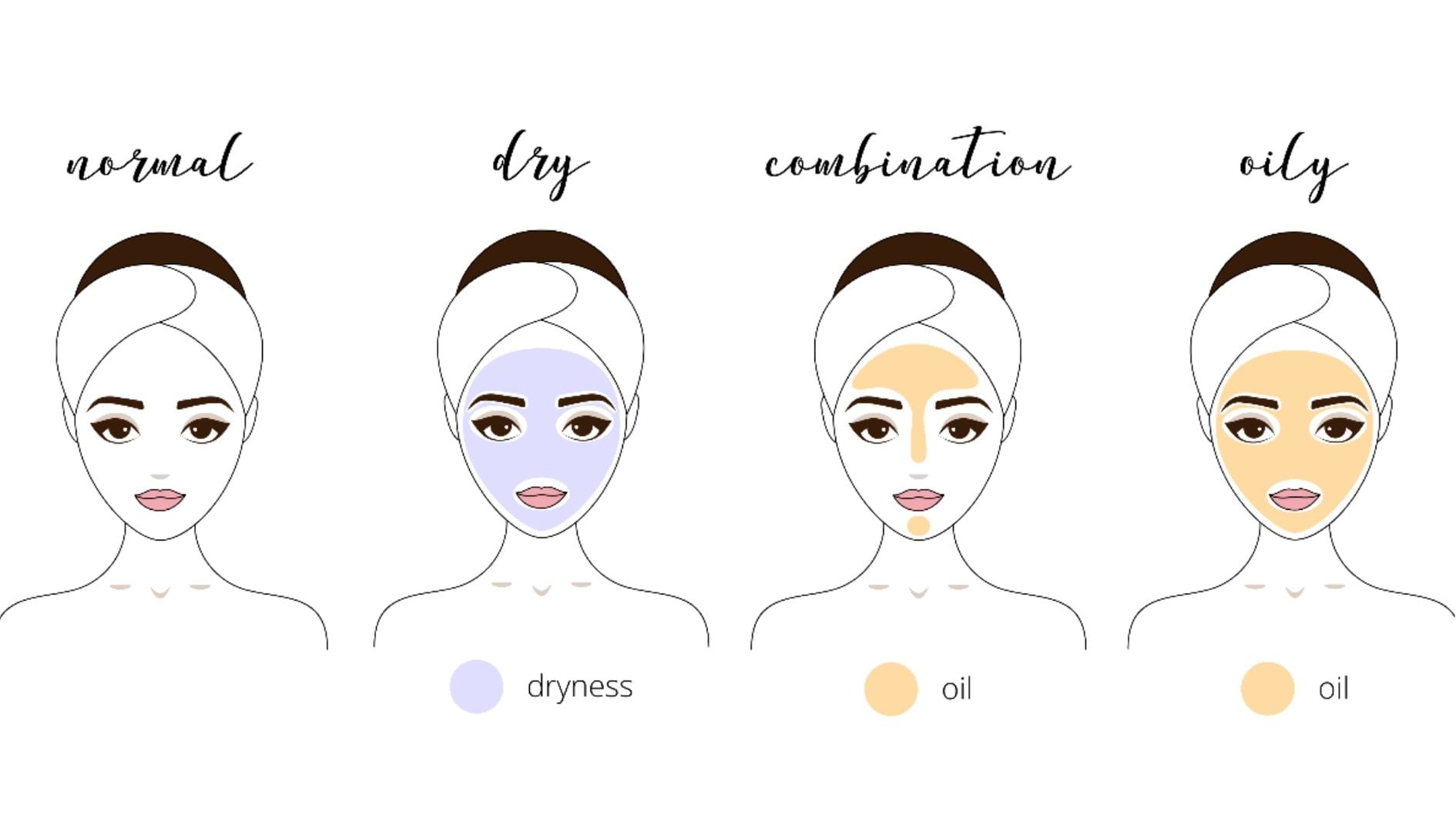Fort Walton Beach, FL
428 Mary Esther Cut Off NW Unit A,
Fort Walton Beach, FL
32548, United States
(850) 374-3595
Discover how to determine your skin type and choose the right skincare products with this in-depth guide. Learn the methods and tests to identify normal, dry, oily, combination, or sensitive skin.

Have you ever wondered how to determine your skin type? It’s a common question that many people have when it comes to understanding their unique skin needs. Thankfully, The Beauty Experts, located at 428 Mary Esther Cut Off NW Unit B, Mary Esther, FL 32548, is here to help. Owned and operated by Tilly Souriyseng, a certified Bella Lash Trainer, The Beauty Experts offers a wealth of knowledge and expertise in skincare. Whether you’re looking for hands-on training to become a lash technician or simply seeking guidance in determining your skin type, Tilly’s mentorship program is designed to provide you with the support you need. With her experience and dedication, Tilly has transformed her own income and can help you do the same. Discover how to determine your skin type with The Beauty Experts today.

This image is property of cdn.shopify.com.
When it comes to skincare, understanding your skin type is crucial. It allows you to choose the right products and develop a routine that caters to your specific needs. There are several different skin types, including normal, dry, oily, combination, and sensitive. In this article, we will take a closer look at each skin type and discuss methods to determine your own skin type.
If you have normal skin, consider yourself lucky! This skin type is well-balanced and typically characterized by few imperfections, a smooth texture, and a healthy complexion. Normal skin remains well-moisturized without being overly oily, and it rarely experiences sensitivity or breakouts. If this sounds like your skin, you can maintain its health by following a basic skincare routine that includes cleansing, moisturizing, and protecting it from the sun.
If your skin often feels tight, flaky, or rough, you may have dry skin. This skin type lacks moisture and tends to be sensitive to harsh ingredients or extreme weather conditions. Dry skin can also be characterized by fine lines and a dull complexion. To take care of dry skin, it’s essential to incorporate hydrating and nourishing products into your skincare routine. Look for products with ingredients like hyaluronic acid and ceramides that help lock in moisture.
If your skin tends to look shiny and feels greasy to the touch, you likely have oily skin. This skin type produces an excess amount of sebum, which can lead to clogged pores, acne breakouts, and a thicker complexion. People with oily skin often struggle with keeping their makeup intact throughout the day due to the excess oil. To manage oily skin, it’s important to use oil-free or lightweight products and to cleanse the skin thoroughly to remove excess oil and debris.
Combination skin is a bit of a mix between different skin types. If you have combination skin, you may notice that your T-zone (forehead, nose, and chin) is oily, while the rest of your face is either normal or dry. Combination skin can be a bit tricky to manage since different areas of the face require different care. It’s important to find a balance by using targeted products for each area. For example, a gentle cleanser and lightweight moisturizer may be suitable for the dryer areas, while a slightly stronger cleanser and mattifying products can help control oil in the T-zone.
Sensitive skin is easily irritated and reacts to various factors such as certain ingredients, environmental conditions, or physical touch. If you have sensitive skin, you may experience redness, itching, burning, or dryness. It’s essential to be gentle with sensitive skin and to avoid products with potential irritants like fragrances or dyes. Opting for hypoallergenic and fragrance-free products can help soothe and protect sensitive skin.
Now that you have a general understanding of the different skin types, let’s discuss methods to determine your own skin type. While observing your skin and paying attention to its behavior is an excellent starting point, there are several tests and assessments you can perform to gain a clearer understanding.
The first method to determine your skin type is through simple observation. Take a look at your skin in natural lighting and notice any visible signs. Is your skin generally clear and free of blemishes? Does it have a radiant appearance, or does it appear dull? Observe any oiliness or dryness, and pay attention to any redness or irritation you may notice. This initial observation can provide you with valuable information about your skin type.
The blotting paper test is a popular method to determine your skin type, focusing specifically on oiliness. This simple test involves using blotting paper to absorb any excess oil on your skin. Here’s how to perform the test:
Interpreting the results of the blotting paper test can help guide you in choosing appropriate skincare products and creating a routine that controls excess oil or provides extra hydration if needed.
If you suspect that you have sensitive skin, performing a skin sensitivity test can help confirm your suspicions. This test involves applying a small amount of a potential irritant to your skin to observe any adverse reactions. Here’s how to perform the test:
Performing a skin sensitivity test can help you identify specific ingredients or products that may trigger sensitivity, allowing you to make informed decisions about your skincare routine.
The skin texture test helps determine the overall texture of your skin, focusing on its smoothness or roughness. By examining the texture of your skin, you can gain insights into its condition and identify any areas that may require additional care. Here’s how to perform the skin texture test:
By performing regular skin texture tests, you can monitor the changes in your skin’s texture and adjust your skincare routine accordingly.
If you want to determine how your skin reacts to different products or ingredients, the skin reaction test can be useful. This test involves applying a small amount of the product or ingredient to a specific area of your skin and observing any immediate or delayed reactions. Here’s how to perform the skin reaction test:
Performing a skin reaction test can help you identify potential allergens or irritants, allowing you to avoid them in your skincare routine and prevent any adverse reactions.
If you’re unsure about your skin type or want a more accurate assessment, consulting with a dermatologist or esthetician can provide you with professional insight. These skincare experts have the knowledge and experience to analyze your skin and determine your specific skin type. They can also recommend suitable products and treatments based on their assessment. A professional skin assessment is especially beneficial if you have complex skin concerns or if you’re looking for personalized advice tailored to your unique needs.

This image is property of i.ytimg.com.
While the methods mentioned above can help you determine your skin type, here are some additional tips to assist you in the process:
Observe your skin throughout the day: skin can change throughout the day due to factors like weather, hormonal fluctuations, or product application. By observing your skin at different times, you can gain a better understanding of its behavior and determine your skin type more accurately.
Take note of your skin’s behavior: Notice how your skin reacts to different products or environmental factors. Does it become oilier after using certain moisturizers, or does it feel drier in colder temperatures? Being aware of these behaviors can provide valuable insights into your skin type.
Consider environmental factors: Environmental conditions, such as humidity levels or exposure to harsh weather, can impact your skin’s behavior and appearance. Take note of how your skin responds to these factors to understand how they may affect your skin type.
Use minimal products during observation: To accurately determine your skin type, it’s best to avoid using too many skincare products or introducing new products during the observation period. This allows your skin to show its natural state and behavior without any potential interference.
Keep a skincare journal: Keeping a skincare journal can help you track any changes or patterns in your skin’s behavior. Note the products you use, any reactions or improvements you observe, and how your skin feels on different days. This information can be incredibly useful when determining your skin type and adjusting your skincare routine.

This image is property of londonpremierlaser.co.uk.
Understanding your skin type is a crucial step in developing an effective skincare routine. By identifying whether you have normal, dry, oily, combination, or sensitive skin, you can choose the right products and practices that address your specific needs. While there are various methods to determine your skin type, including observation, the blotting paper test, skin sensitivity test, skin texture test, skin reaction test, and professional skin assessment, it’s essential to pay attention to your skin’s behavior and make informed decisions based on your observations. Remember, everyone’s skin is unique, and what works for one person may not work for another. Taking the time to understand your skin type will set you on the path to achieving healthy, radiant skin.